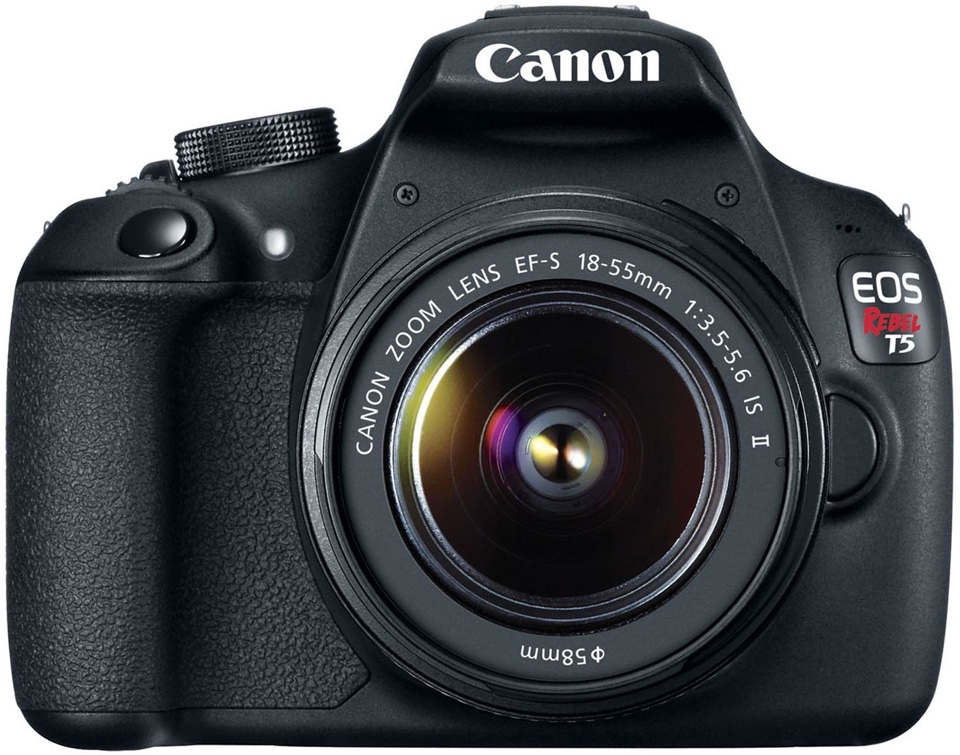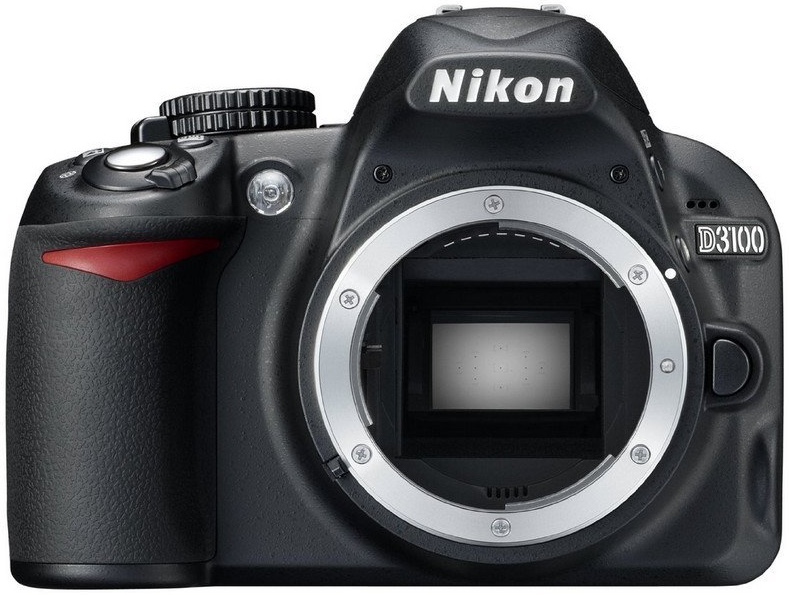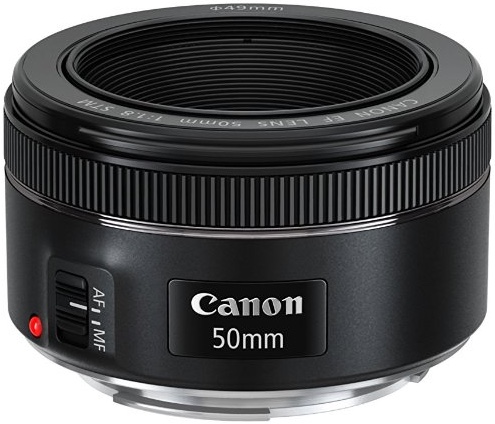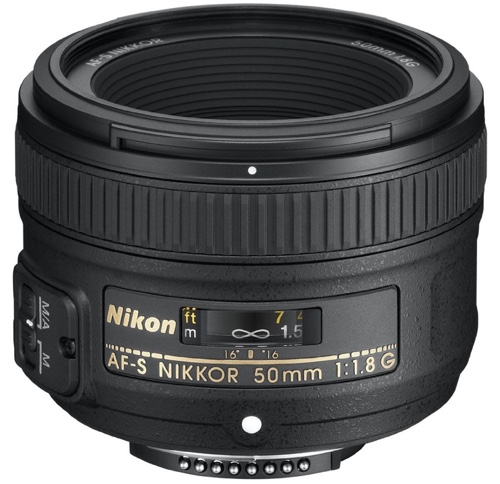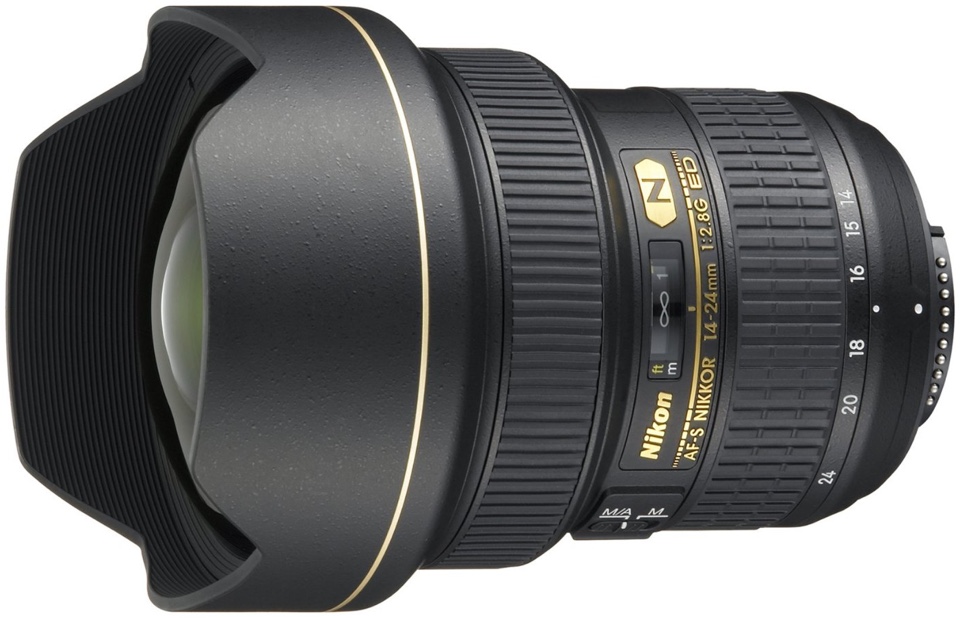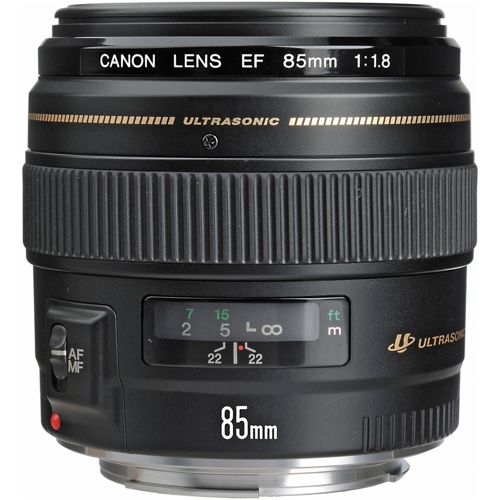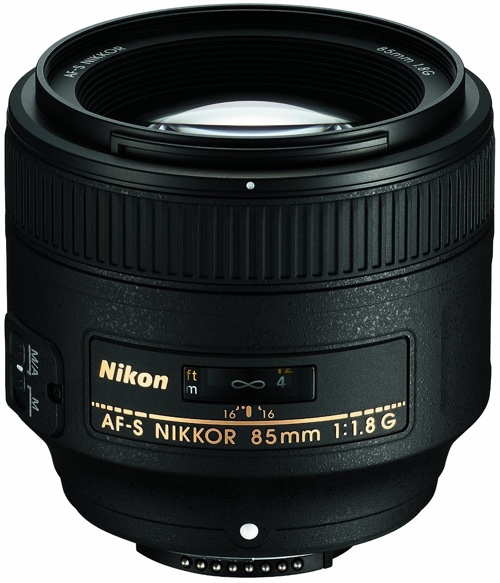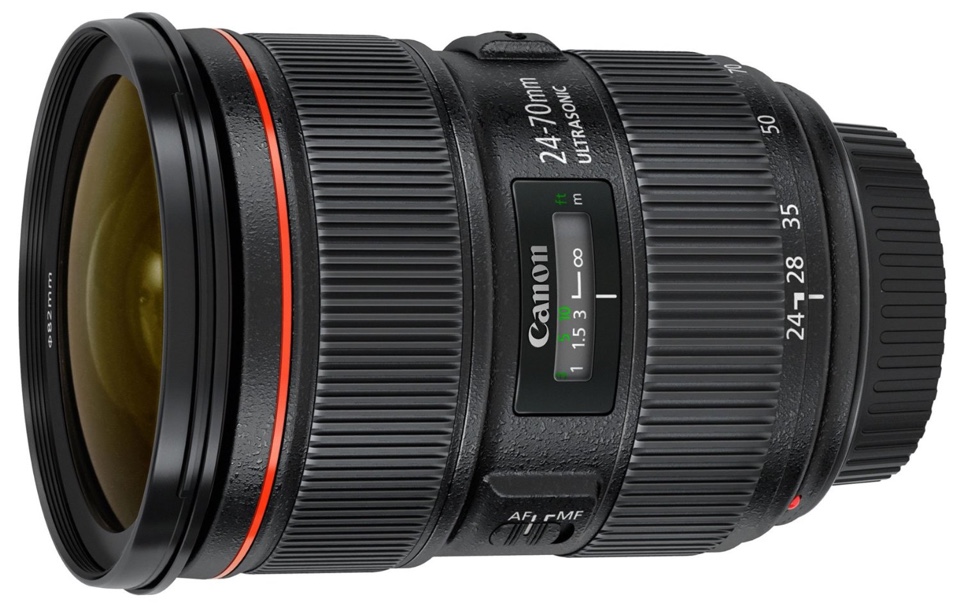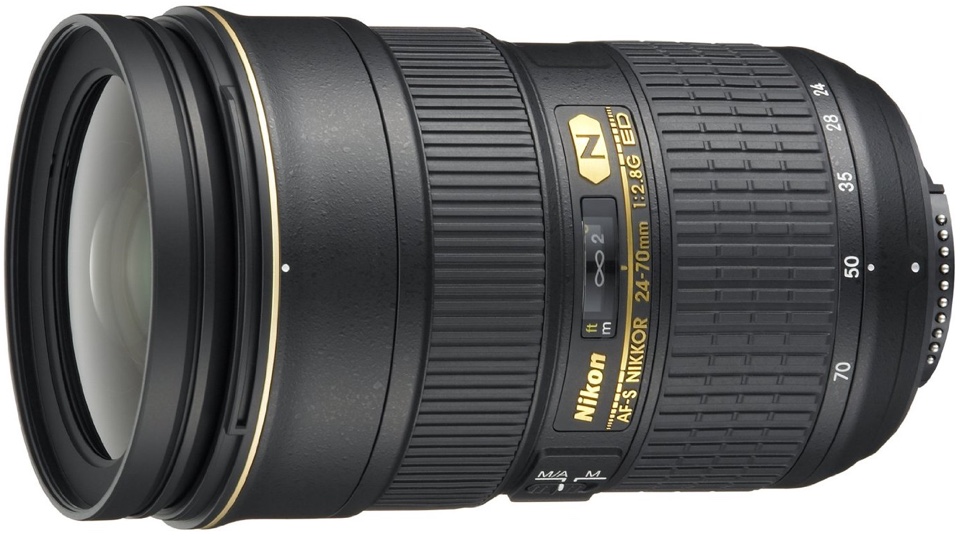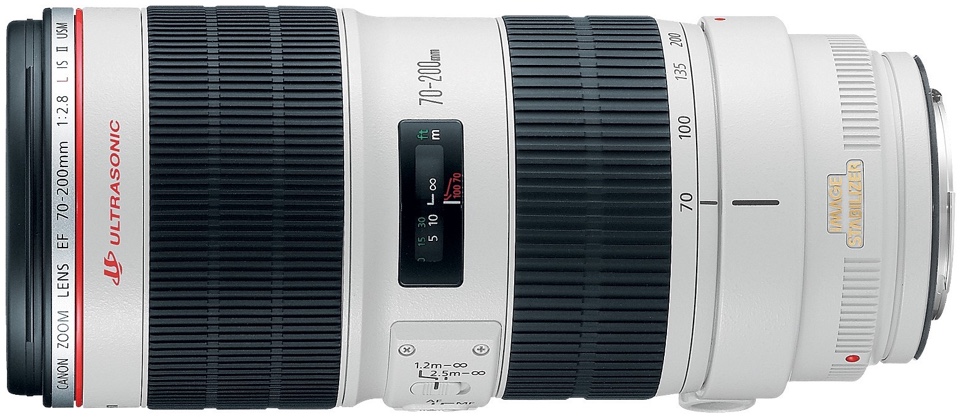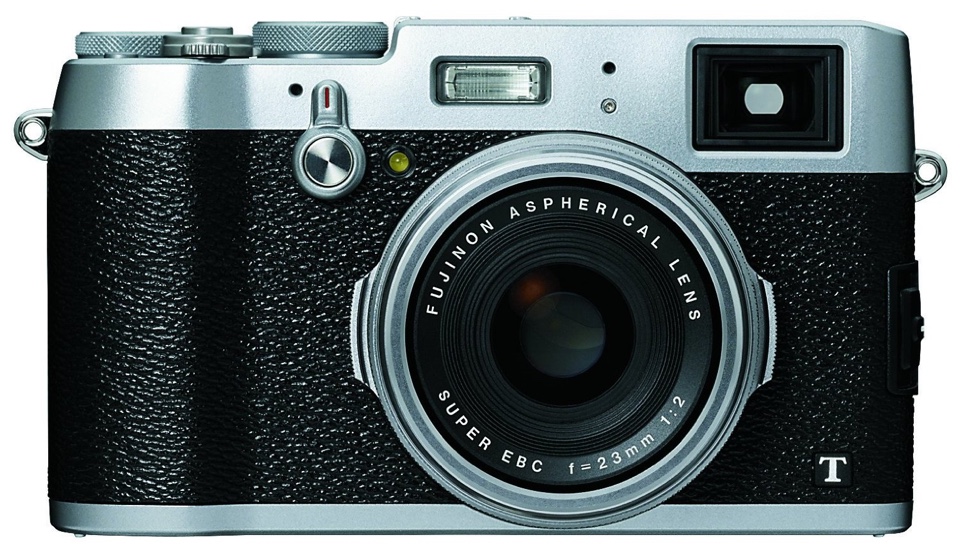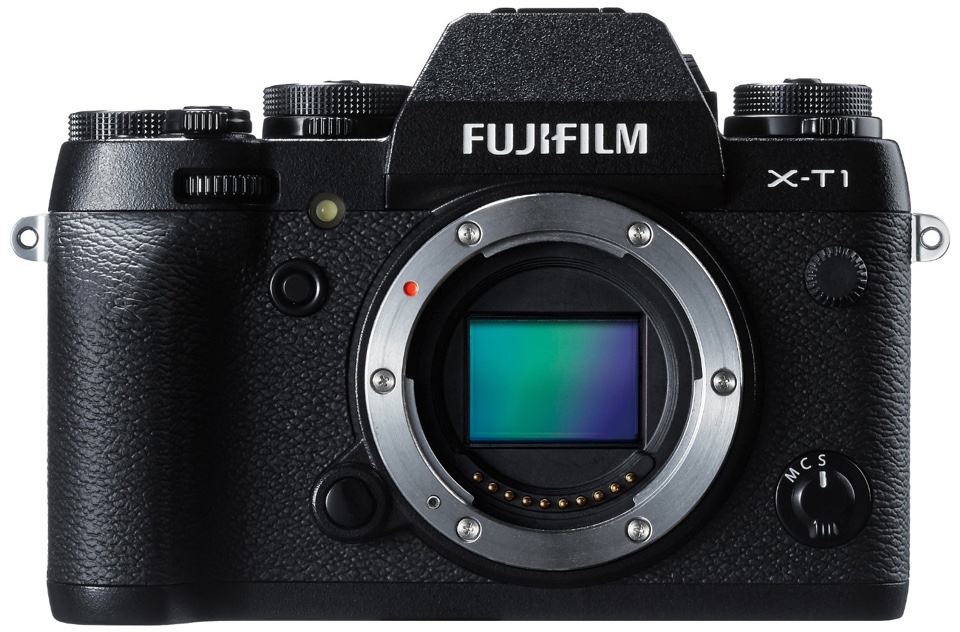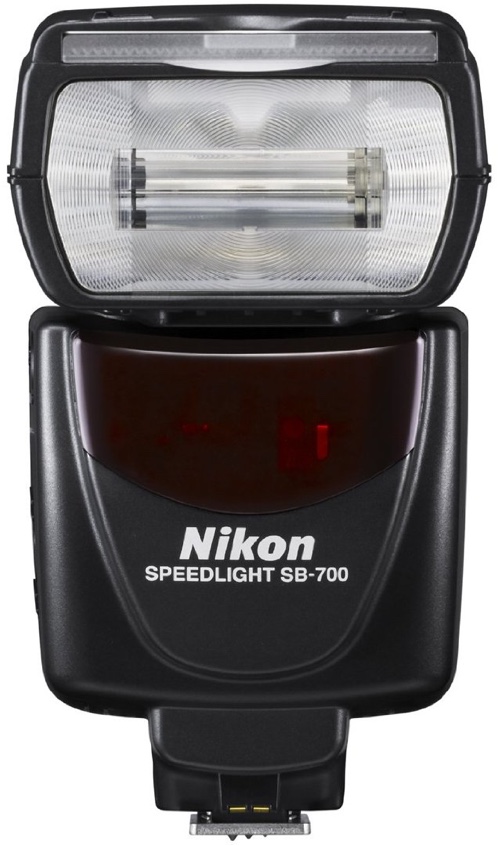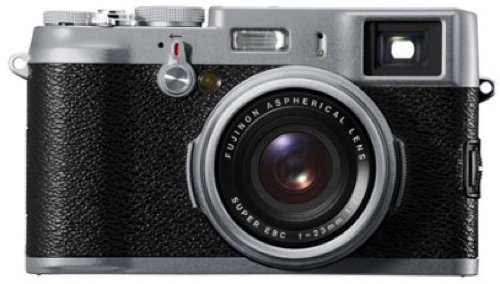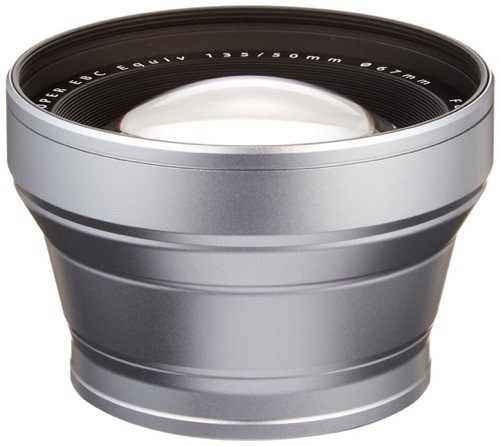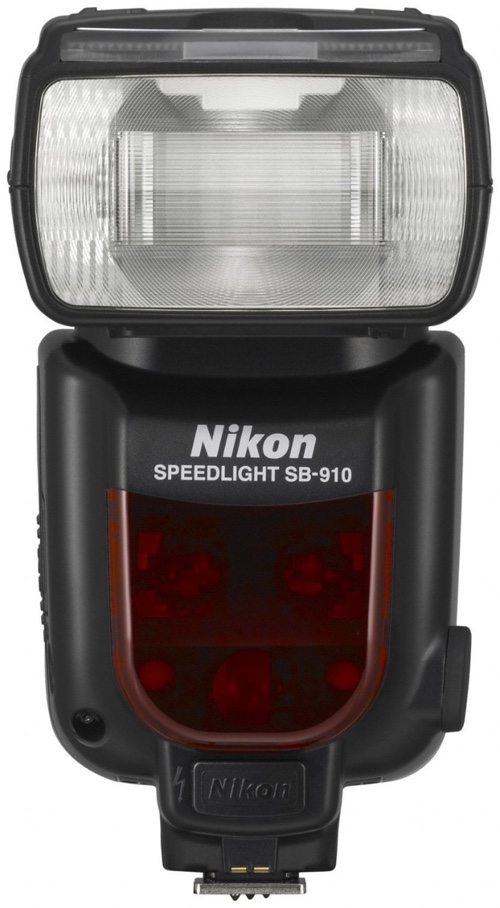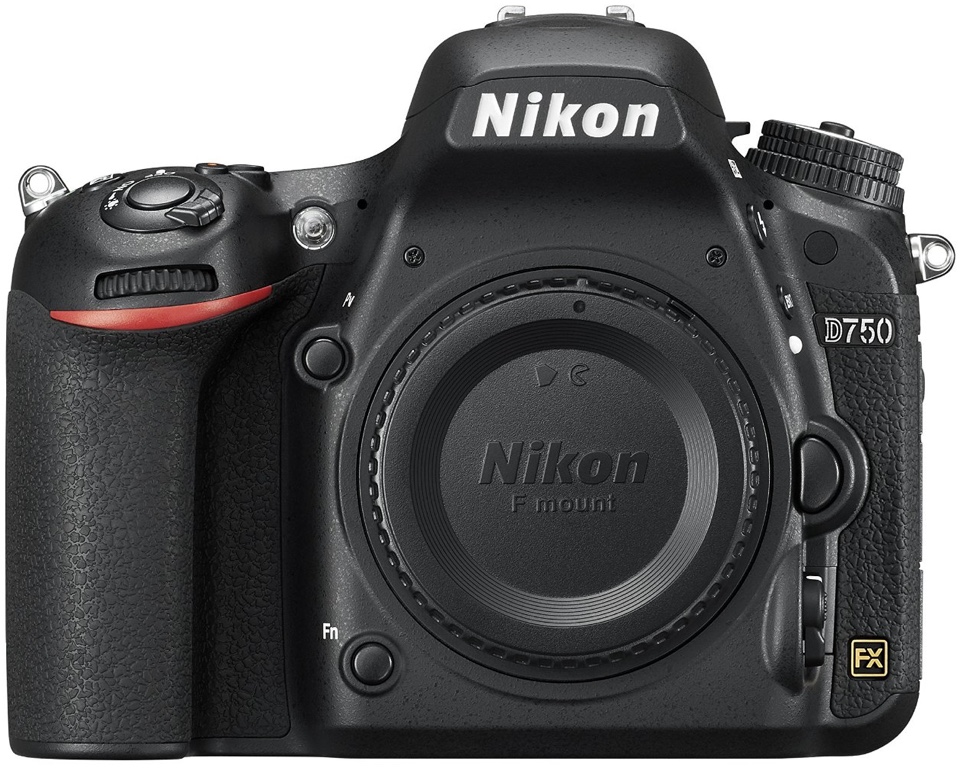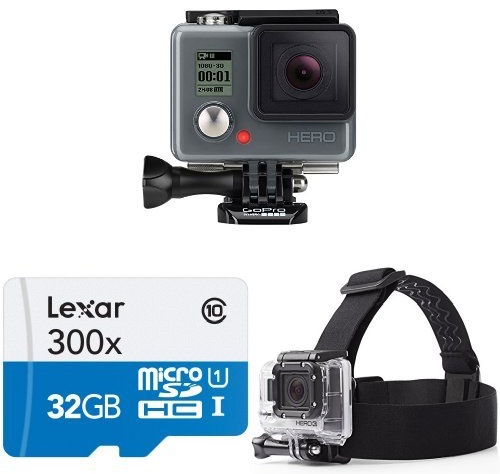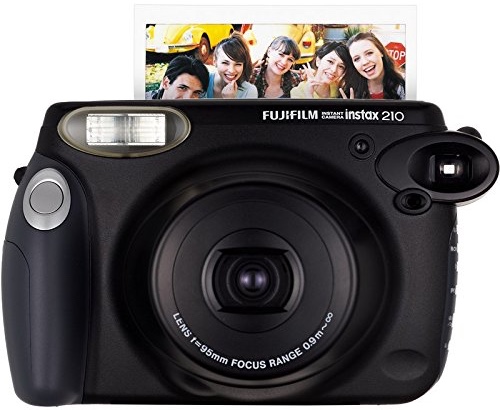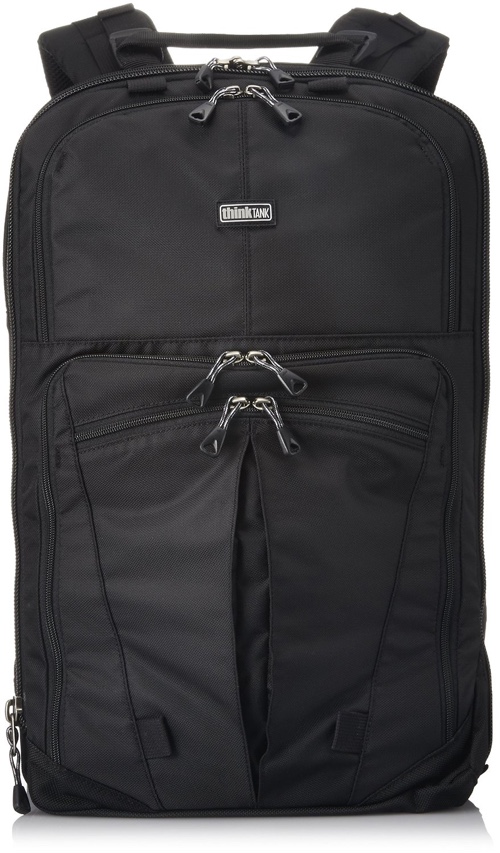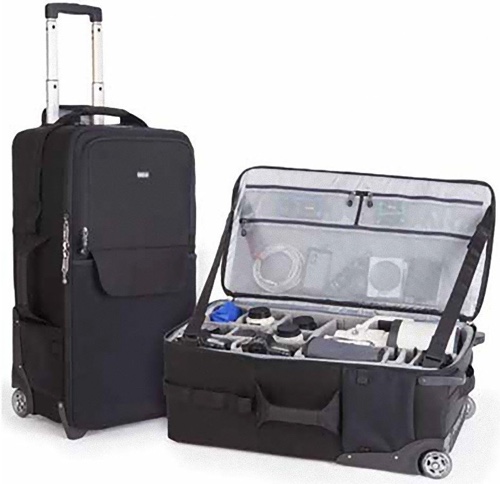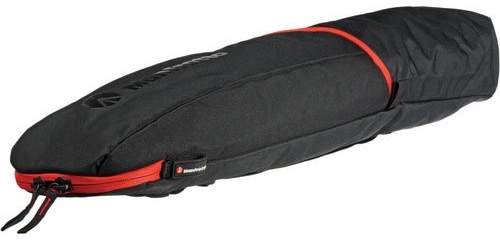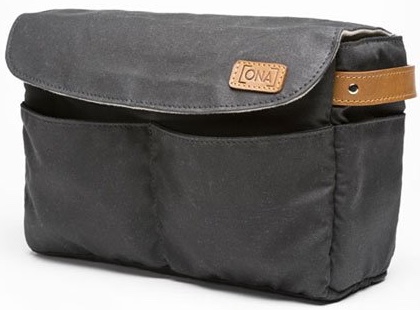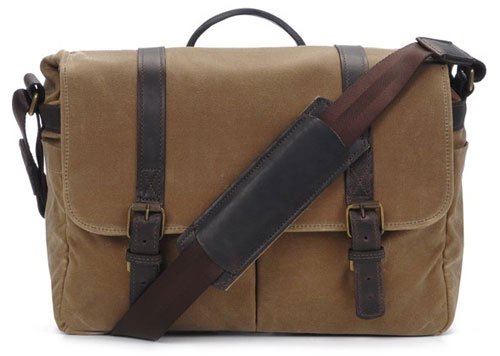Evolutions of Photography Gear, with Kate Warren of GoKateShoot
There is nothing more fun than shopping for new gear. But you always want to make sure you’re getting the right new gear (i.e. not just the most expensive). With our Evolutions of Gear series, we hope to help you figure out the best gear choices specifically for you, wherever you’re at in your personal gear-loving evolution.
For this (inaugural) edition, one of DC’s most cherished photographers, Kate Warren, helps demystify the overwhelming world of photography gear.
Your Intro Package
Pick Your DSLR
A refurbished DSLR body with a “nifty 50” lens is all you need if you’re just figuring out what you like to shoot. The Canon Rebel is a solid choice, as is the Nikon D3100, but they’ll need to be paired with a decent lens.
With both, I’d recommend getting a 50mm f1.8 lens. Called the “nifty 50,” these ‘prime’ lenses (meaning they don’t zoom) are affordable, sharp as a tack, and a great way to take the look of your photos to a pro level without breaking the bank.
Your ‘Level Up’ Package
Tailoring Your Gear
Once you get a better idea of what you like to photograph, you can begin to tailor your gear.
Like landscapes? Get a wide angle lens like the 12-24mm f2.8. Dig portraits? The 85mm prime is S-T-U-N-N-I-N-G and flatters your subjects. Like photojournalism, or travel? Add the killer walk around 24-70mm lens for added flexibility, or the 70-200mm to zoom.
*Not into the DSLR situation?
Small cameras are better for those on the go, street photography, discrete photojournalism, and people who don’t like to carry heavy gear (raises hand). Mirrorless compact cameras have been kicking serious butt in the industry, with many pros ditching their larger DSLR in favor of cameras like the Fujifilm X100T as their go-to gear, or the Fuji X-T1 if flexibility of interchangeable lenses is important.
Regardless of your camera gear though, to level up, add a portable light like the Nikon SB-700 to your kit.
Your ‘Going Pro’ Package(s)
Some Words of Wisdom
If you’re ready to upgrade, chances are you have a good idea of what you’re shooting, what lenses you use and which gather dust, and how you like to work. Pay attention to that and don’t get more gear just for the sake of having more gear. Buy smart; the most expensive gear is not always the best for your work style. But if you’re a pro, you should be operating with pro gear.
Sensor size matters a hell of a lot more than number of megapixels, unless you’re printing to billboards (been there, done that, rented the right camera for it). Rent specialty gear or things you won’t use all the time. Add lights if you need them. Buy nice bags to hold/carry your stuff; you only get one back and it’s important to protect it, so rolling bags are your friend.
You can read about my kits below. I pack what I need for each job, and if I’m not sure what that is, I bring it all (I love my car).
The Gear I always have with me
When I’m not on assignment, I’m still “on” with a camera in hand, looking for interesting people, ironic tableaus or late-day light that leaves me swooning no matter what the subject. When shopping for an everyday camera, I opted for something small but stylish, with uncompromising image quality. Having a camera all the time makes sure you aren’t missing any crazy moments.
A Fuji X100S camera with Fuji x100s conversion lens is a great choice for more photojournalistic shots, or hyperbolically close shots, and I suggest the Nikon SB-910 flash. If I’m using my iPhone (only sometimes, at night), I go with VSCO + PicTapGo + Lightroom mobile
The ‘DSLR PRO’ KIT
Since I do a mix of stylish photojournalism and advertising work with travel peppered in, my DSLR kit is streamlined to what I use and is portrait-oriented. No bag full of huge zoom lenses here! I shoot prime whenever I can for their smaller profile and improved sharpness.
When it came time to upgrade my camera body, I wanted one that was on the smaller end of the spectrum but powerful, so the new Nikon D750 with its huge sensor was the perfect fit.
- Nikon 50mm f/1.8G Auto Focus-S NIKKOR FX Lens
- Nikon 24-70mm f/2.8G ED Auto Focus-S Nikkor Wide Angle Zoom Lens
- Nikon 85mm f/1.8G Auto Focus-S NIKKOR Lens
- PocketWizard Plus X Radio Trigger
- (3) Paul C. Buff studio lights
- (3) Manfrotto 1052BAC light stands
- Photek Softlighter II, 46 inch Umbrella with Diffuser (hands down my favorite)
- An array of light modifiers (like strip boxes), softboxes, beauty dish, reflectors, and a scrim
- My assistant (unable to be purchased on Amazon)
FUN & TRAVEL Gear
When you’re not trying to worry about bulky and delicate camera gear, nothing beats a GoPro and an Instax camera.
BAGS
Being a photographer is physically demanding, so first and foremost I make sure I’m working out, eating well, and taking care of my body. Core and arm workouts help for work, and I bike everywhere in the city when I’m not shooting. For the days when I don’t have an assistant, I know I can handle everything I’m bringing in myself.
When I’m on assignment, I rely on strong bags with extra organizational perks to haul my gear. It’s worth paying more to know that the zippers will always zip and you’re not going to lose a wheel while pulling that lighting bag over cobblestones in Europe. There are lots of reliable brands out there, but here are a few of my go to favorites.
All that said, cameras are tools. Make sure you have the right tool for the right job and know them well enough to execute your creative vision and deliver quality consistently, but at the end of the day, you take the photo, not the camera. It’s most important to be present, to be near the action, and to have a camera that can get the job done with you at all times.
The best camera is the one that’s with you.
(though Kate would like it known that in an ideal scenario, this photographer is female, as photography is a sexist industry to begin with)
Submitted To Evolutions of Gear, Photography
Like what you read? Share it.
(That helps us.)
Love what you read? Patronize Kate Warren.
That helps us and the writer.
What is Patronizing? Learn more here.


